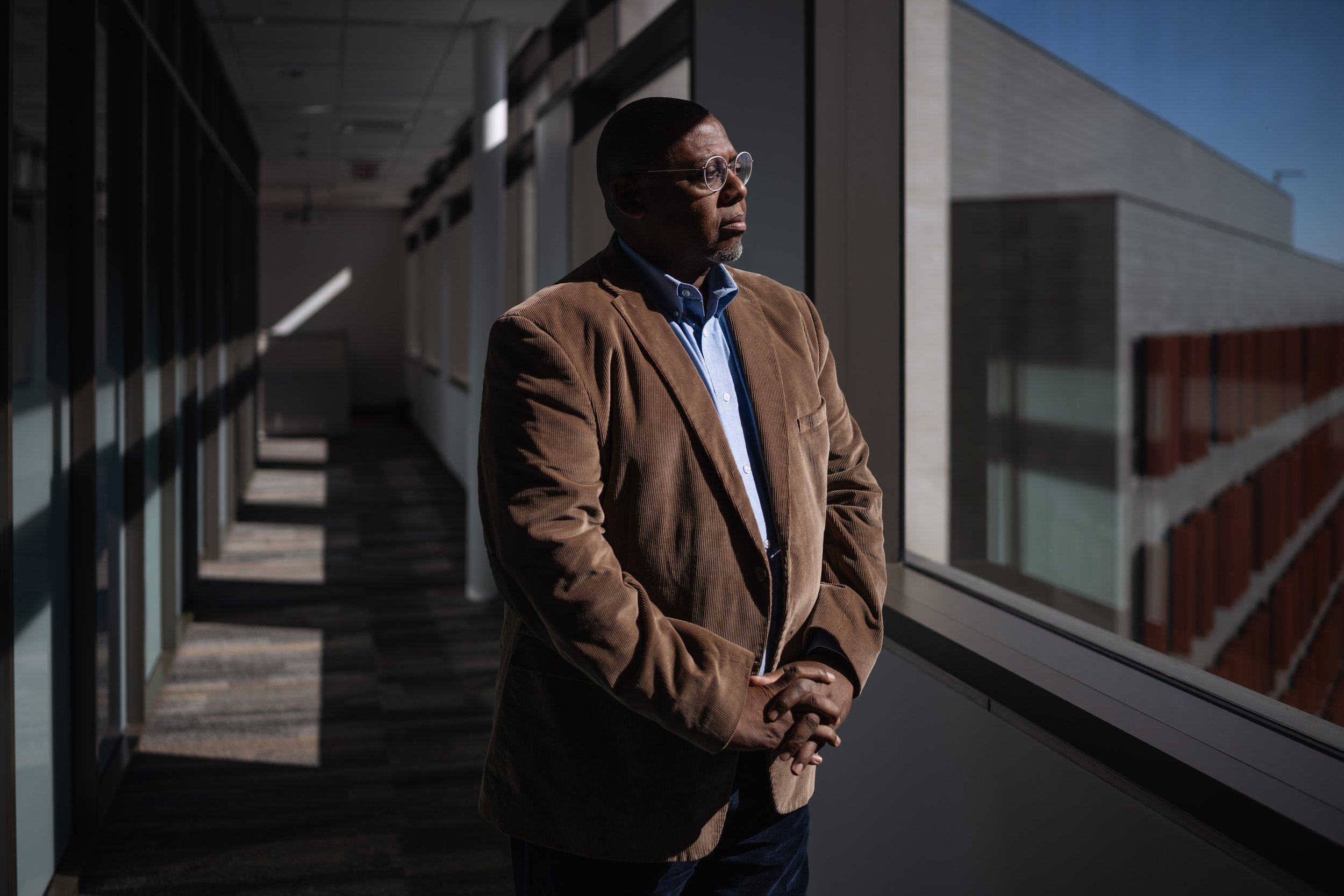
DAVE CLARKE, M.D.
With calls and texts pouring in everywhere from Kenya to the Caribbean to rural America and Central Texas, Dave Clarke’s phone never stops ringing.
Clarke, a globally recognized epileptologist aiming to improve access to care around the world, has found roots in Austin as a hub for innovation in treatment — which could soon look very different.
More than 50 million people worldwide have some form of active epilepsy — more than 3.4 million of them living in the U.S. with the disease. Adults with epilepsy can carry a risk of death up to 23 times greater than the general population. But access to care remains elusive: In particular, it’s estimated that less than 1% of patients with drug-resistant epilepsy are appropriately referred. Most Level 4 epilepsy centers in the U.S., which provide top-level care like surgery and advanced diagnostic expertise, are in major city centers on the East and West coasts, leaving large swathes of patients and providers with limited resources.
In Austin, the Comprehensive Pediatric Epilepsy Program — a Level 4 center within UT Health Austin Pediatric Neurosciences at Dell Children’s Medical Center — means families here can find answers and treatment without travel elsewhere. And Dave Clarke, M.D., who leads the center, has his mind on improving the quality of care for Central Texans, all while shifting the paradigm for the way the disease is managed globally.
“The work I do to train epileptologists and advocate for resources in Kenya and the Caribbean looks different, but is actually very similar to the work I do in Texas and with partners across the U.S.,” says Clarke, professor of neurology and pediatrics at Dell Medical School. “It’s thinking outside the box about how we train people and connect them with experts in top-level centers to do consults remotely, and get families the answers they need as fast as possible. Telemedicine and collaborative diagnostics are the new frontier for quality epilepsy care.
“If we improve access, not only do we treat the 70% of people who can be treated with nonsurgical means like medication, but we expand the number of patients that actually get to us for more timely needs like surgery.”
For Central Texans, an ‘Innovative Flair’
In Austin, Clarke has helped recruit a rare team of specialists to the Comprehensive Pediatric Epilepsy Program, with expertise ranging from genetics to neuropsychology and more. The center, which is the only dedicated pediatric epilepsy center in the region, has performed nearly 300 surgeries and monitored more than 1,800 patients through its electronic monitoring system since Clarke’s arrival — and while the majority of patients live in the 46-county region served by Dell Children’s, nearly a quarter of patients are traveling to the center from elsewhere.
“Austin has a very innovative flair, and our academic collaborations with University of Texas colleagues mean there are incredible possibilities on the horizon here,” Clarke says. “Using artificial intelligence, for example, we are looking into devices that can actually predict a seizure and send an alert to the patient’s phone before its onset.
“Improving quality of life comes from all directions — for some, it’s novel solutions, while for others, it could mean just getting baseline care.”
Global Lessons for Local Impact
In 2021, Clarke received the International Epilepsy Ambassador Award for “extraordinary actions” in the field from the International League Against Epilepsy. His personal clinical impact in terms of patient lives touched ranges in the thousands across both Texas and the Caribbean, and among Clarke’s wide research portfolio is a 20-country collaborative study on how epilepsy management is understood culturally.
“It’s important to understand that this type of work is a multiway sharing of information, as no one place or person has all of the answers,” says Clarke. “There is an incredible wealth of resources and expertise in Austin. And while there are some countries that lack even a single practicing neurologist or equipment like MRIs, we still have a lot to learn about how people understand and manage this disease around the world.”

